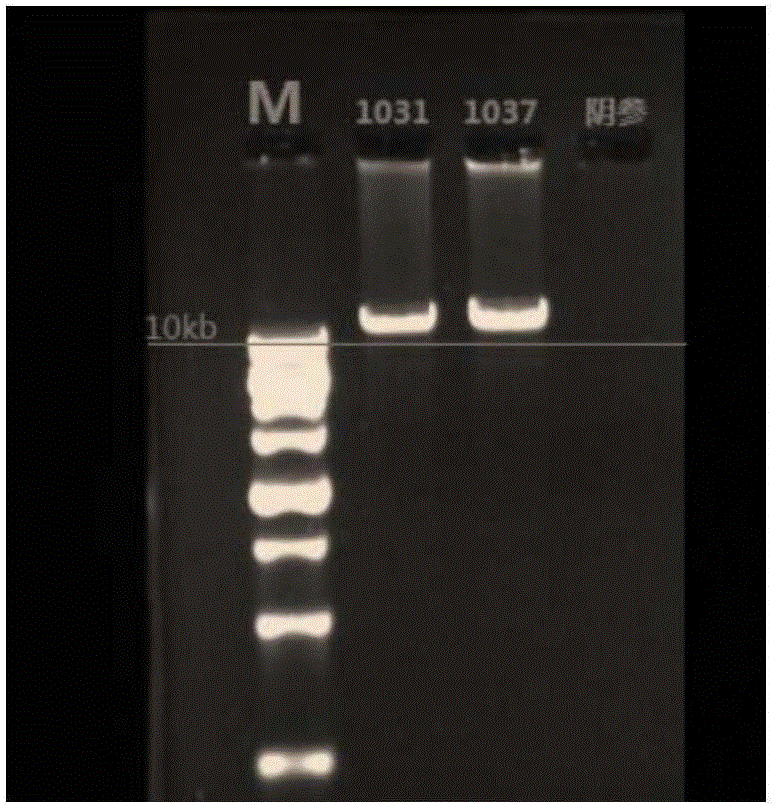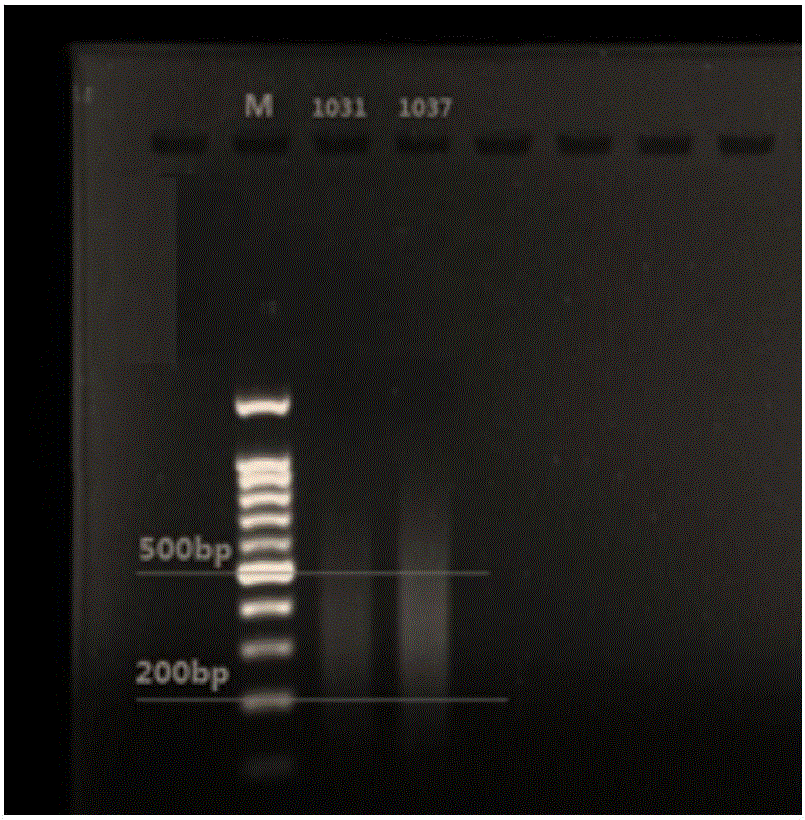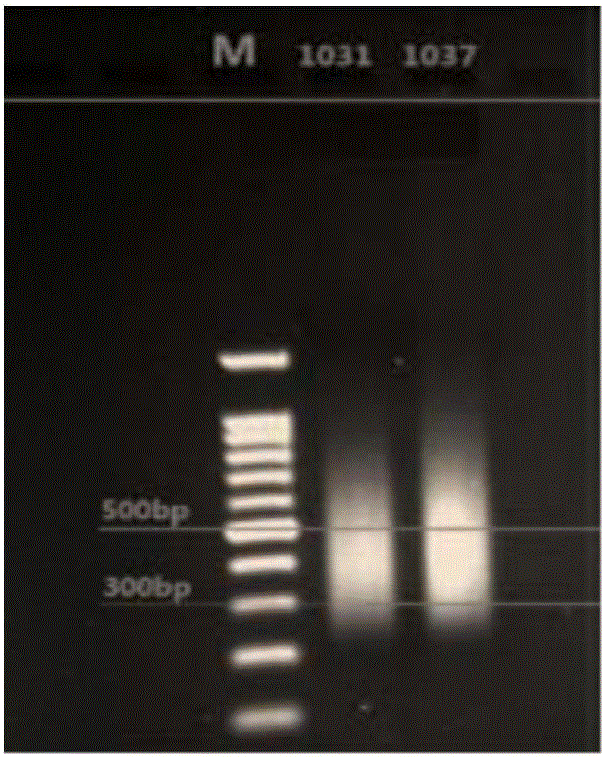Mitochondrial genome library based on high-throughput sequencing and building method thereof
A mitochondrial genome and library construction technology, applied in the field of gene detection, can solve the problems of complicated purification operation and different amount of magnetic beads, and achieve the effect of simplifying operation steps, increasing sequencing depth, and improving mutation detection.
- Summary
- Abstract
- Description
- Claims
- Application Information
AI Technical Summary
Problems solved by technology
Method used
Image
Examples
Embodiment 1
[0058] A high-throughput sequencing-based mitochondrial genome detection and analysis method, comprising the following steps:
[0059] S1, PCR amplification of mitochondrial full-length DNA
[0060] DNA was extracted from 300 μl whole blood according to conventional methods, and 2 μl DNA samples were taken for concentration determination on NanoDrop. The measured DNA concentration requires the OD260 / OD280 ratio to be between 1.8 and 2.0, and the OD260 / OD230 ratio to be between 1.8 and 2.2. The above two ratios can determine the purity of the extracted DNA. If it exceeds the above range, it can be considered that the purity of the extracted DNA does not meet the requirements, and re-extraction or re-purification is required. According to the determined concentration, it was further diluted to a concentration of 50 ng / μl with DNA lysis buffer.
[0061] Using the diluted whole blood DNA as a template, one-step PCR was performed to amplify the full-length mitochondrial DNA. The ...
PUM
 Login to View More
Login to View More Abstract
Description
Claims
Application Information
 Login to View More
Login to View More - R&D
- Intellectual Property
- Life Sciences
- Materials
- Tech Scout
- Unparalleled Data Quality
- Higher Quality Content
- 60% Fewer Hallucinations
Browse by: Latest US Patents, China's latest patents, Technical Efficacy Thesaurus, Application Domain, Technology Topic, Popular Technical Reports.
© 2025 PatSnap. All rights reserved.Legal|Privacy policy|Modern Slavery Act Transparency Statement|Sitemap|About US| Contact US: help@patsnap.com



